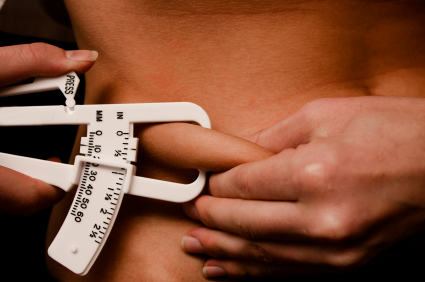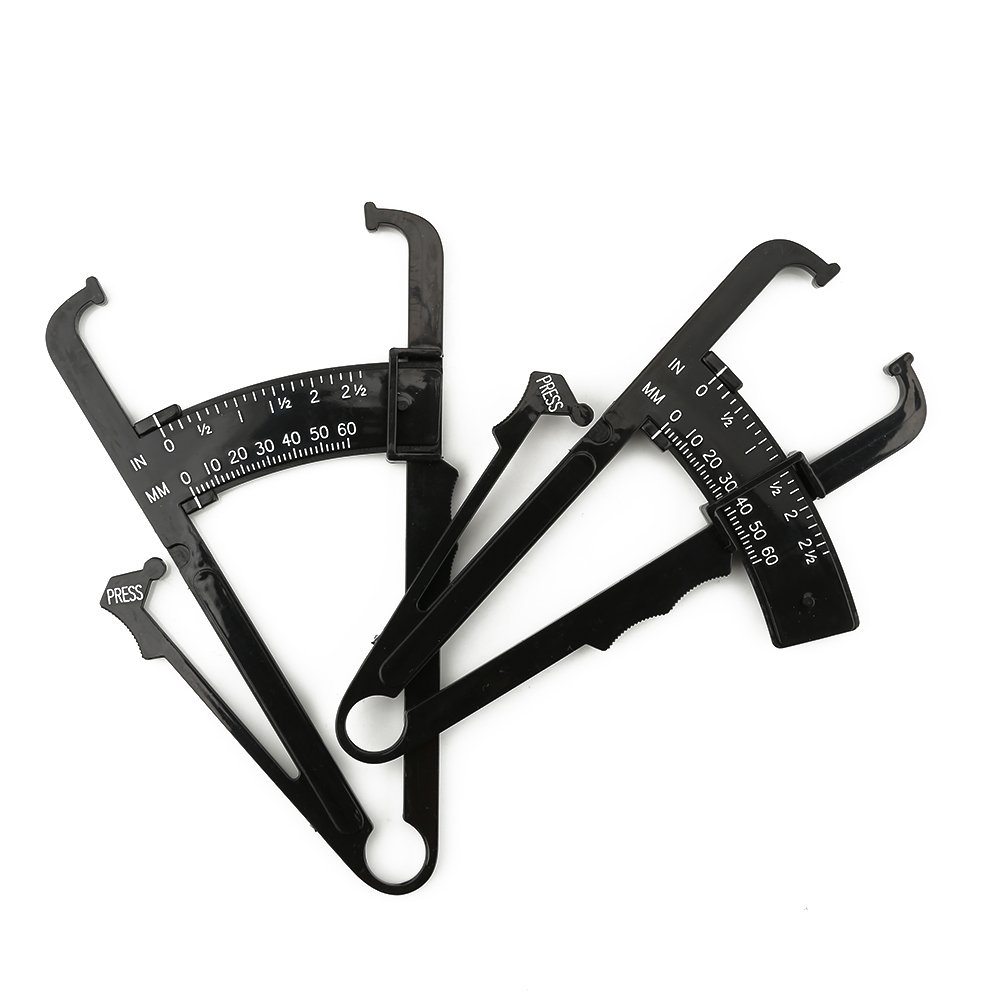

Take a slightly slanted skinfold just above the iliac crest (side of body above the pelvis) Take a diagonal skinfold measured 1-2 cm below the inferior angle of the scapula (towards middle of back on right hand side). Take a vertical skinfold in the middle of the calf muscle at the point of largest girthįor men only, take a diagonal skinfold (45 degree angle) half way between the nipple and outer chest (anterior axillary line)Ĭan use vertical or horizontal skinfold (although must ensure consistency) on the midaxillary line (down the side of the torso) at the level of the xiphoid process (base of the centre column in rib cage). Take a vertical skinfold over the belly of the muscle Take a vertical skinfold 2cm to the right of the umbilicus The different skinfold measurements sites used by the various methods are listed below Skinfold location Record measurements when 2 consecutive values are within 1-2 mm and take the average.Take two readings and if they're not within 1-2mm of each other then retake.The measurement point of the skinfold should be half way along length of fold.Hold calipers perpendicular to the skinfold.
#Skinfold body fat calculator skin#

Calipers can provide inconsistent results and have a relatively high error rate if not used by an experienced person.When used correctly calipers are a good way of tracking changes in body composition over time.Calipers themselves are very cheap to buy and easy to source.How many measurements are taken and the locations measured will depend upon the skinfold method being applied. This is also commonly known as the 'skinfold test' or 'pinch test'. Then, by using one of a number of different formulas these measurements can be turned into a body fat percentage estimate. What are Calipers?Ĭalipers don't actually measure your body fat percentage directly but are used to measure the size of skin folds in various locations in the body.

There are many ways to measure body fat and calipers are one practical tool that's cheap to buy and can be used at home to take this measurement. It represents the percentage of body weight that is made up of fat as opposed to lean body mass (or LBM). Measuring body fat is an important metric that gives insight into body composition.


 0 kommentar(er)
0 kommentar(er)
